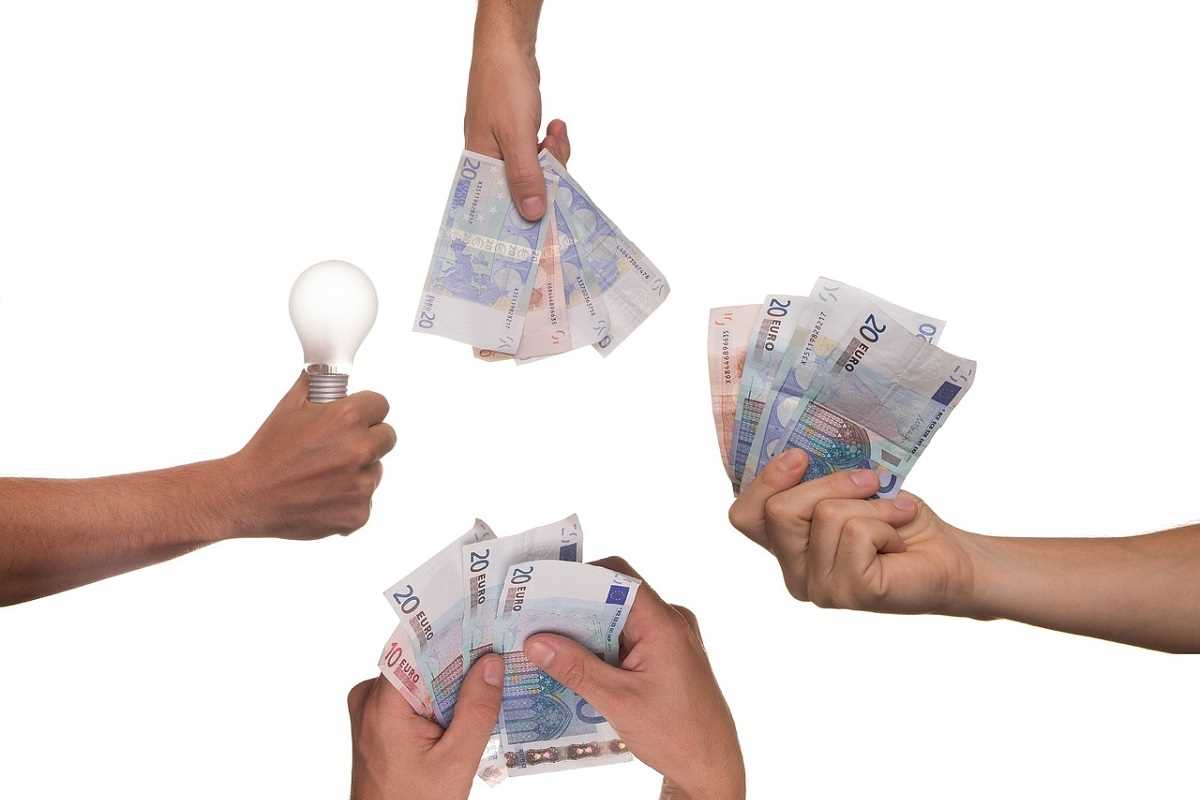Careful planning lays the groundwork for a crowdfunding campaign that draws genuine supporters. You define your funding goals, write an engaging story about your project, and connect with people who share your enthusiasm. By focusing on each stage of the process, you create an environment where backers feel confident in your project and motivated to contribute. Consistent communication and transparency throughout your campaign can help strengthen this trust, making it more likely that you will reach or even exceed your fundraising target.
This guide explains proven steps and provides real examples. You’ll learn how to set goals, develop a persuasive story, design reward tiers, foster engagement, promote effectively, and keep backers excited. Let’s dive in.
How to Set Clear Funding Goals and Plan Your Approach
- Decide on your top-line target: calculate production, shipping, and marketing costs plus a 10–20% buffer.
- Break down your goal into milestones: pilot batch, bulk manufacturing, stretch goals.
- Choose a realistic timeline: prep phase (2 weeks), launch (30 days), follow-up (4 weeks).
- Identify key performance indicators: daily pledge rate, visitor-to-backer conversion, average pledge value.
- Select the right platform: Kickstarter for creative projects, Indiegogo for flexible funding.
- Research similar campaigns: observe which rewards and updates helped generate momentum.
- Plan your ad budget: allocate 20% of your goal to paid social, search, and influencer partnerships.
- Create a communication calendar: plan updates, blog posts, and email blasts.
How to Develop Your Pitch and Tell Your Story
Your pitch requires a clear story arc: problem, solution, and impact. Start with a vivid scene that illustrates why your idea matters. For example, describe a frustrating daily routine that your product addresses.
Select visuals that resonate: behind-the-scenes photos, prototype tests, and customer testimonials. This combination builds authenticity and urgency.
Add relevant data: mention a 45% reduction in process time or a 30% cost saving. Numbers increase credibility. Write in a conversational tone—imagine explaining your idea to a curious friend.
Finish with a clear call to action. Tell visitors exactly how pledging early unlocks exclusive perks and helps the project reach stretch goals.
How to Design Rewards and Incentives
- Early-Bird Tier: 50 supporters receive 30% off and a limited-edition color. It helps generate initial momentum.
- Standard Tier: core product with free shipping. Appeals to most supporters.
- Bundle Tier: two units plus bonus accessory. Encourages larger pledges from gift buyers.
- VIP Tier: behind-the-scenes video call and your name on the credits page. Perfect for superfans.
- Ultimate Supporter: prototype sample and invite to launch event. Fosters a personal connection.
Make each tier feel unique with clear benefits. Use real photos or mockups. Add deadline clocks or countdowns to emphasize limited availability. This nudges visitors to pledge now.
Offer add-ons for simple upgrades—sticker packs or T-shirts. These small extras can increase your average pledge by 10–15%.
How to Build and Engage Your Community
- Use social media channels: post daily updates on Instagram and TikTok; respond promptly to comments.
- Send newsletters: share weekly progress reports and exclusive behind-the-scenes insights.
- Participate in online forums: join relevant groups on Reddit and Facebook; offer genuine assistance before pitching.
- Host live events: run two live Q&A sessions using streams on YouTube or Twitch.
- Show appreciation: publicly thank new supporters in update posts, tag them where possible.
- Encourage user-generated content: organize a photo contest with small rewards for the best pictures.
- Celebrate milestones: mark each 25% funding goal with a short video or infographic.
- Seek feedback: create polls to let supporters vote on color options or bonus features.
How to Promote Your Campaign Successfully
Combine organic posts with targeted advertisements. Use lookalike audiences on Facebook, custom intent audiences on Google Ads, and interest targeting on LinkedIn if you focus on B2B. Spend your budget in weekly bursts to improve results.
Partner with micro-influencers who match your niche. Offer them free product samples and affiliate links. Track clicks and conversions to identify who delivers the best results.
Create short, shareable videos—30 to 60 seconds—that demonstrate your product or tell your team’s story. These clips tend to get high engagement on social feeds.
Reach out to media outlets: craft a concise pitch and target outlets that covered similar launches. Personalize each email with a key angle, such as innovative design or social impact.
How to Communicate and Gather Feedback from Backers
Set clear expectations early: plan two updates each week. Use straightforward headings like “Production Progress” or “Stretch Goals.” Keep your language positive and simple.
Respond to direct messages within 24 hours. This builds trust and avoids frustration. If a shipment delay occurs, send a detailed note explaining the reason and a new timeline.
Create a central FAQ page on your campaign website. Update it regularly as new questions come in. This helps reduce repetitive inquiries.
Host a survey after the campaign ends to gather feedback on product improvements and future features. Use this information to fuel your next project.
Your campaign can succeed with careful planning, an honest story, and active community involvement. Follow each step, monitor your numbers, and keep backers informed.
Ready to begin? Draft your plan, set your targets, and start building momentum today.







